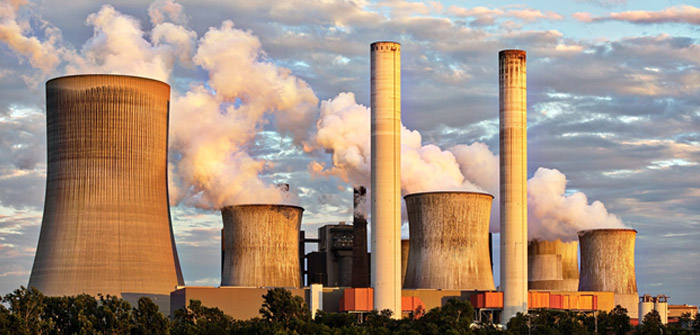With a 12.77 million population with a housing unit of 5.57 million and business establishments of 0.30 million, Pennsylvania consumes an average of 144.7 TWh per year. Having multiple electricity sources is advantageous as not all areas have this other option of power source available.
If you live in Pennsylvania, you can benefit from these options and choose what is best and suitable for your needs and capability. One power source can be cheaper than the other, and choosing the right provider with the right power source is crucial. As a reference, here are the five power sources in Pennsylvania that you can choose from.
Renewable Energy
Almost 5% or Pennsylvania electricity was produced by renewable energy as per the report in 2018. The state’s largest renewable energy source is wind energy covering 36% of Pennsylvania’s renewable electricity production in 2018. The 24 wind farm that operates across the state is producing 1,400 megawatts of generating capacity.
The second-largest renewable energy producer is hydropower, which generated 35% of the state’s renewable electricity last 2018. The state’s hydroelectric facilities were in operation for 60 years, and the oldest has already been upgraded and modernized to suit today’s demands.
The third source of renewable energy in Pennsylvania is Biomass, responsible for 24% of the state’s renewable electricity in 2018. Pennsylvania’s biomass energy comes from municipal solid waste, wood and forest byproducts, and landfill gas that produces 354,000 tons per year.
Solar energy provides 5% of the renewable energy the state produces. In 2018, the installation of PV or Solar Photovoltaic increased. One-fifths of Pennsylvania’s net solar generation in the same year came from rooftop solar PVs that provide less than 1-megawatt energy. Some business establishments in the state have also installed solar PV on their rooftop as the main source of their power supply.
Coal
Pennsylvania is known for its profound fossil energy resources, and coal is the least expensive of all the fossil fuel sources. This power source is mainly used as a fuel to electric power generators in the U.S.
Although coal has become so useful in providing electricity in Pennsylvania and across the United States, it has its disadvantage. When burned and used in power plants, coal emits a large amount of carbon dioxide, which is very harmful to our environment. The use and acquiring of coal also have its consequences.
Mining, for instance, disturbs the land, and it can also alter the chemistry of the runoff of rainwater, which results in affecting the quality of the water in rivers and streams. Also, coal releases methane, which is a vigorous greenhouse gas.
Pennsylvania has the largest coal producer in the nation and has been the origin of coal mining for over 200 years. The state ranked sixth as a major coal consumer in the United States.
Electricity
The third highest energy-producing state is Pennsylvania. The state generates more electricity than the residents’ consumption, which gives the state a chance to deliver electricity to other states. Pennsylvania is capable of sending out more electricity to neighboring areas than any other state.
Most consumers who utilize electricity more are in the residential sector. More than one in every five households in the state uses electricity as their main heating source. The state’s nuclear power plant generates 39% of the net electricity that is generated all over the state in 2018.
Petroleum
In 1859, Pennsylvania was the location of the first commercial oil well in the United States. The state has few crude oil reserves but still managed to produce adequate amounts of crude oil. Most of the crude oil generated in Pennsylvania is paraffin-based, which is suitable for making lubricants.
Four petroleum refineries in Pennsylvania can process up to 600,000 barrels of crude oil every single day. Almost one in seven households in the state are using crude oil for heating.
Natural Gas
Another source of energy in Pennsylvania is natural gas, even though the state is only second to Texas in terms of natural gas reserve. However, in 2017, the reserve has tripled in size due to the Marcellus Shale’s development.
The Marcellus Formation extends three-fifths under Pennsylvania and other states such as West Virginia, Ohio, Maryland, and New York. The Shale is known to have the largest proven reserve of natural gas in the United States.
The electric rates in Pennsylvania will depend on the energy provider and the source. If the source costs less, then the electricity rate will also be expected to be cheaper. If you live in Pennsylvania, you can ask your energy provider for these five energy source options.
Takeaway
There are so many ways to acquire power, and Pennsylvania is one of the fortunate places where they have options on where they can generate power sources. Each power source has its benefits depending on what the consumer needs.





